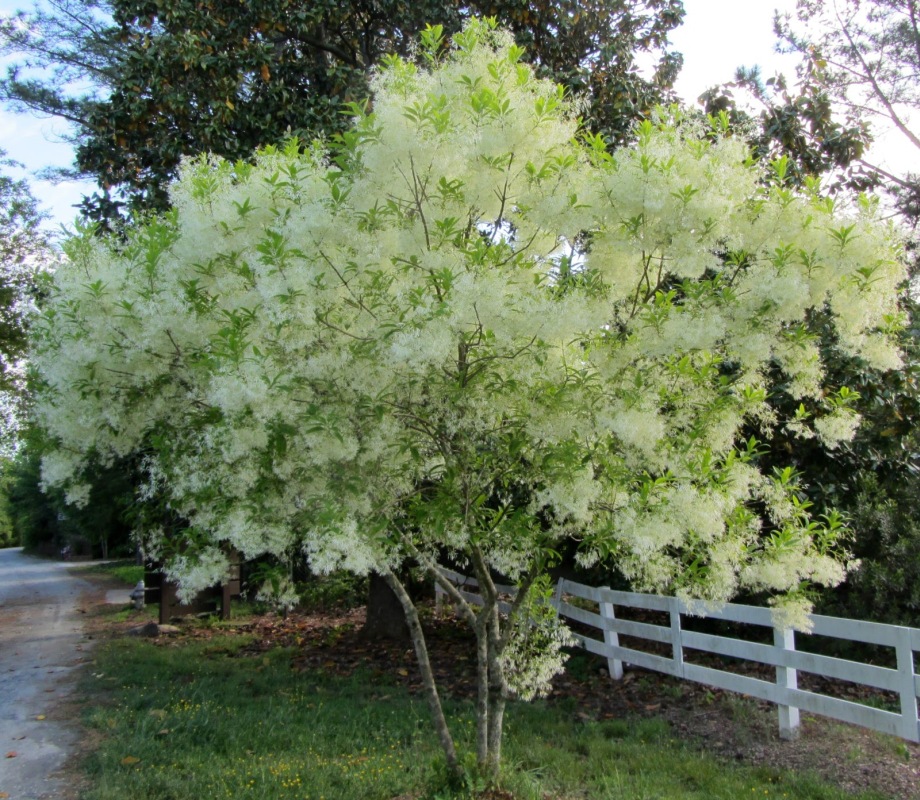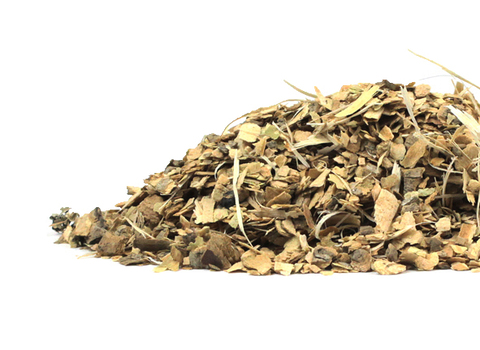 Chionanthus
virginicus. Fringe
tree, Old
Man's Beard, Snowdrop tree, Flowering Ash
Family: Oleaceae
Chionanthus
virginicus. Fringe
tree, Old
Man's Beard, Snowdrop tree, Flowering Ash
Family: Oleaceae


ORIGIN: North America.
DESCRIPTION: Bark: Occurs
in irregular, quilled pieces up to about 8 cm long and about 3 mm thick, externally
dull brown with concave scars. the inner surface is quite smooth and buff coloured.
Fracture short, dense, showing projecting bundles of stone cells.
References
[1] British Herbal Pharmacopoeia 1983 Published by the British Herbal Medicine
Association ISBN 0 903032 07 4.
[2] Herbal Materia Medica Course Notes For Diploma of Naturopathy and Diploma
of Herbalism Students by Lydia Mottram.
[3] Potter's New Cyclopaedia of Botanical Drugs and Preparations R.C.
Wren Revised by Elizabeth M. Williamson and Fred J Evans. First published in
Great Britain in 1988 and reprinted in 1989 and 1994 by the C. W. Daniel Company
Limited. 1 Church Path, Saffron Walden Essex. Published 1988 Printed and bound
by Biddles, Guildford ISBN 085207 1973.
Images
1. en.wikipedia.org
by Derek Ramsey (Ram-Man)
GFDL 1.2
2. mountainroseherbs.com
3. usinggeorgianativeplants.blogspot.com